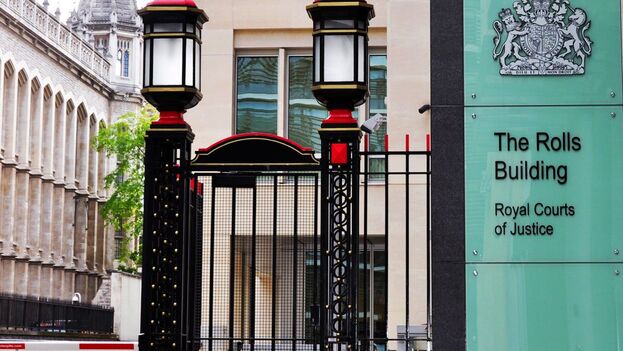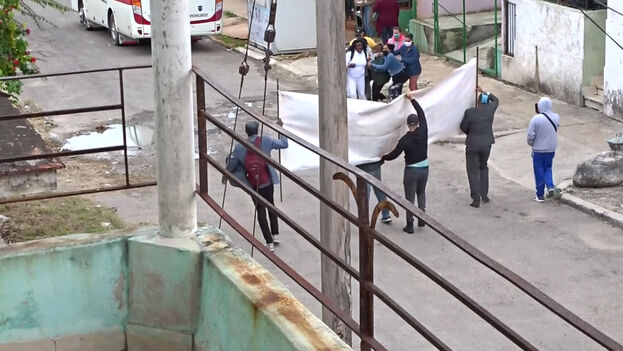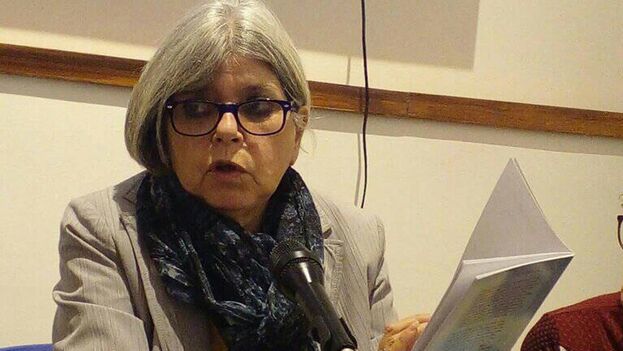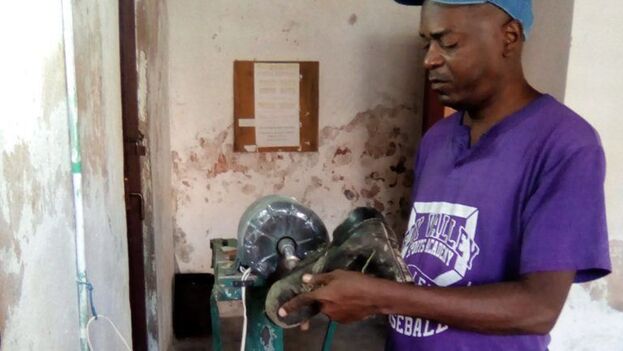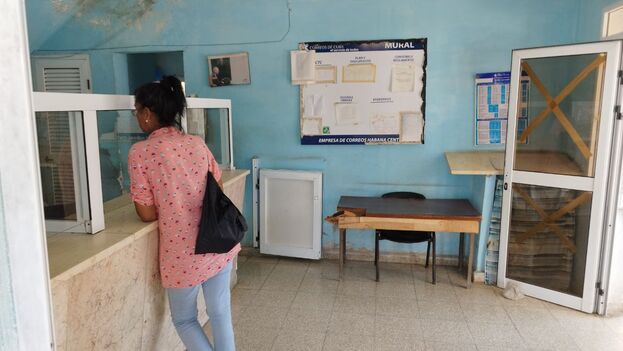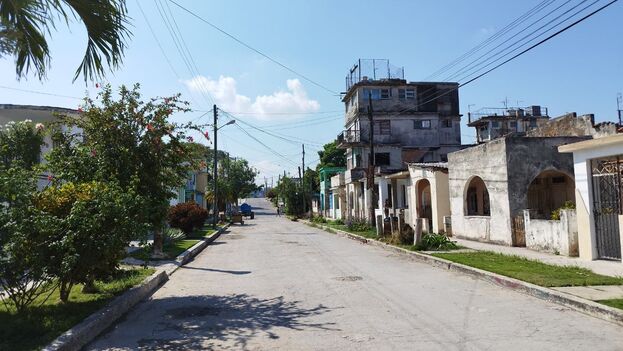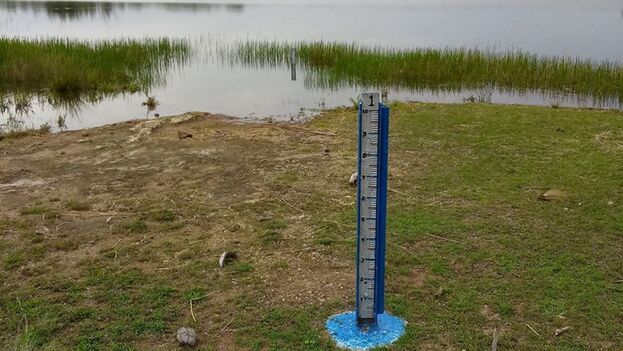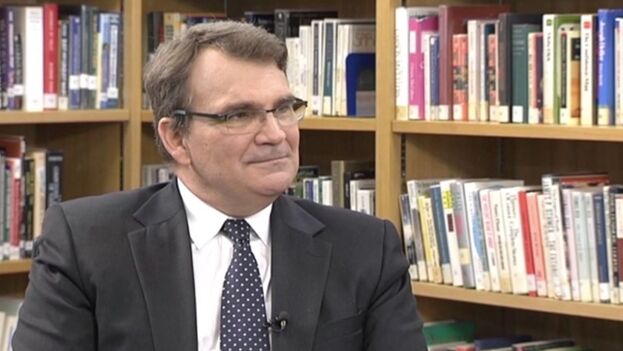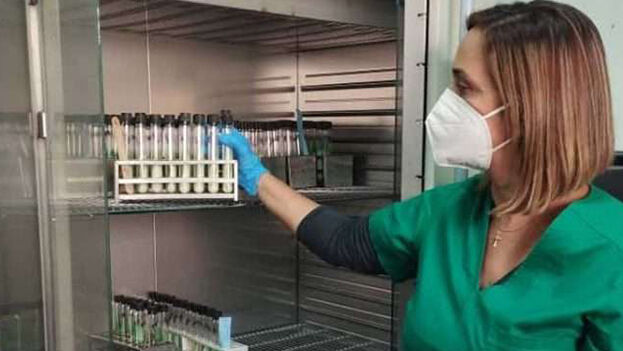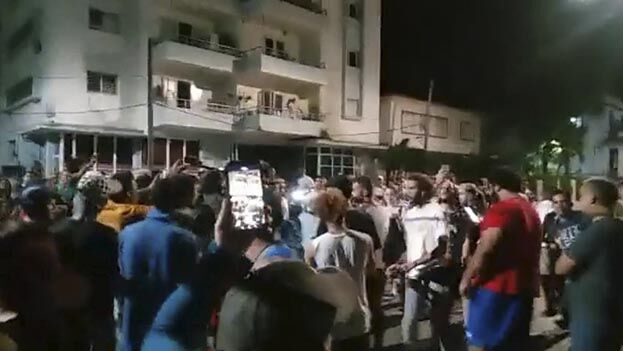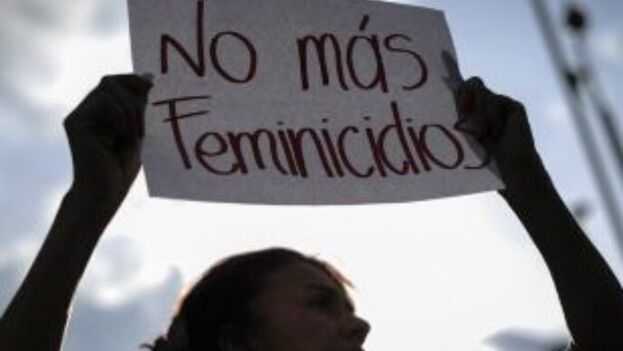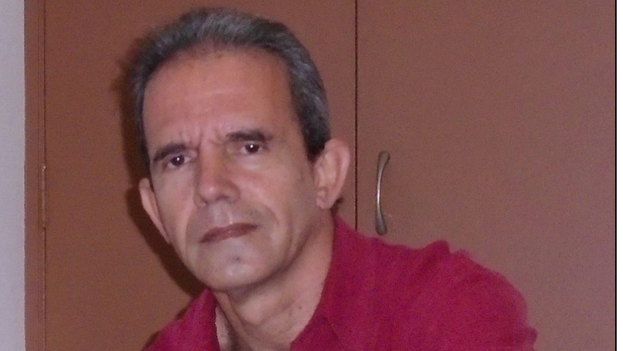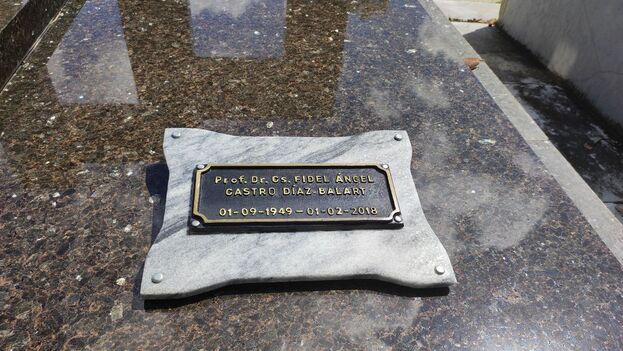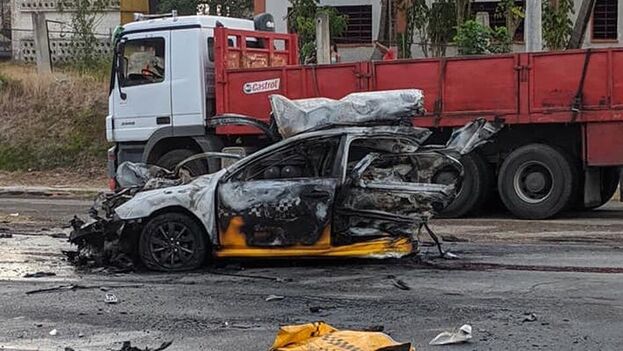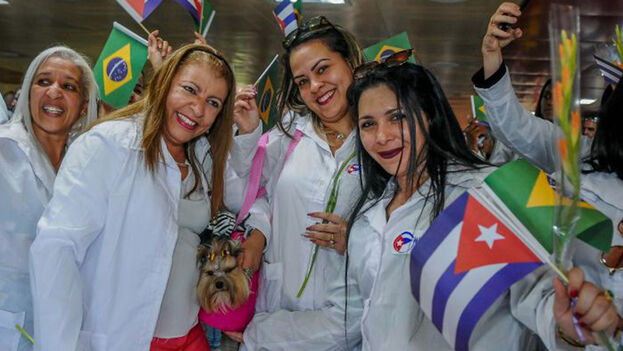
![]() 14ymedio, Havana, 31 January 2023 — The Federal Justice of Brazil authorized the reinstatement of 1,789 Cuban health workers from the controversial Mais Medicos [More Doctors] program, which was canceled in 2018 by then-President Jair Bolsonaro, who considered it a way of injecting money into the Island regime in exchange for doctors who, sometimes, lacked a specialty.
14ymedio, Havana, 31 January 2023 — The Federal Justice of Brazil authorized the reinstatement of 1,789 Cuban health workers from the controversial Mais Medicos [More Doctors] program, which was canceled in 2018 by then-President Jair Bolsonaro, who considered it a way of injecting money into the Island regime in exchange for doctors who, sometimes, lacked a specialty.
Rafael Matos Medina, with professional studies at the Medical University of Camagüey and currently residing in Espírito Santo (Brazil), told the local media Seculo Diario that the judicial decision was given 11 months after the group appealed to the Federal Court of Brasilia arguing that their contract was not renewed during the Médicos por Brasil [Doctors for Brazil] program, created during the Bolsonaro Government and which replaced Mais Medicos.
Represented by the National Association of Medical Professionals Graduates in Foreign Institutions and Exchange Students (Aspromed), health workers were informed last Friday that they were favored by the ruling of Judge Carlos Augusto Pires Brandão.
BOA NOTÍCIA! Justiça Federal determina recontratação de cubanos do ‘Mais Médicos’. Decisão do TRF1 determina recontratação imedidata de 1.789 médicos da 20ª turma do programa, que foram embora em 2018.
— Helder Salomão (@heldersalomao) January 28, 2023
Translation: GOOD NEWS! Federal Court determines rehiring of Cubans from ’Mais Médicos’. TRF1 decision determines immediate rehiring of 1,789 doctors from the 20th class of the program, who left in 2018. — Helder Salomão (@heldersalomao) January 28, 2023
“The failure of the legitimate expectation of these doctors is evident. Most of them have already formed families on Brazilian soil,” Pires Brandão said. “They rescheduled their lives according to the expectations formed from these hirings, and it seems fair to recognize that they now intend to remain in Brazil,” the judge concluded.
Although it is not specified, these doctors are part of the 2,000 Cubans who decided not to return to the Island after the cancellation of the program created in 2013 by then-President Dilma Rousseff with the aim of attracting professionals to rural areas that suffered from a lack of medical assistance.
In the first week of January, Brazil announced its intention to resume Mais Medicos, without confirming Cuba’s participation. The Secretary of Primary Care of the Ministry of Health, Nésio Fernandes, reiterated on January 26 that priority will be given to Brazilian professionals.
According to the new scheme, the first stage would be the hiring of doctors registered in Brazil or foreigners with an approved revalidation exam. In the second stage, Brazilians trained abroad without revalidation would be hired. The third stage, if there is a quota, with foreigners without the Revalida, which is the validation exam of the degrees issued by a foreign higher education institution.
The redesign of Mais Medicos promoted by the Government of Lula da Silva does not convince the doctors. The president of the Federal Council of Medicine José Hiran Gallo warned that there would be “front-line assistance in large capitals and second-line assistance in small towns in the interior or on the periphery of large settlements, where there may be people without recognized training,” published the newspaper Estado de Minas.
In 2018, the National Bureau of Statistics and Information revealed that with Mais Medicos the Government of the Island pocketed 6.4 billion dollars for the sale of health services. Cuba kept 75% of the $3,300 of the monthly salary of professionals, a common practice that has been described by different international organizations as a form of modern slavery.
In five years of the program, Cuban health workers filled 18,240 positions, and treated 113.3 million Brazilian patients, according to official data.
Translated by Regina Anavy
____________
COLLABORATE WITH OUR WORK: The 14ymedio team is committed to practicing serious journalism that reflects Cuba’s reality in all its depth. Thank you for joining us on this long journey. We invite you to continue supporting us by becoming a member of 14ymedio now. Together we can continue transforming journalism in Cuba.

